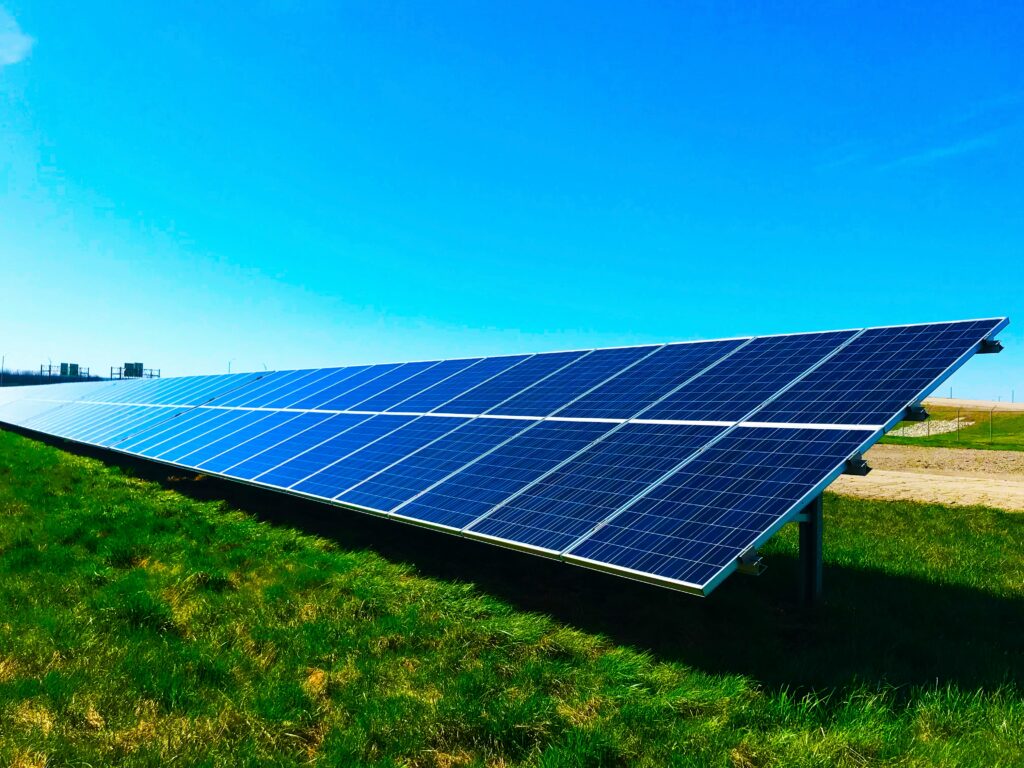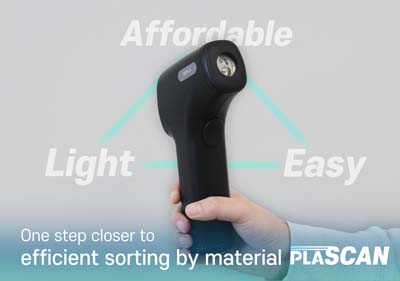Earth: he alarming news that our planet faces detrimental challenges has been in the spotlight for many years. In 2023, the world reached the highest temperature on record, which was previously broken in 2016. Accompanying rising temperatures, countries around the globe have been experiencing severe climate changes like floods, draughts, and even unexpected natural disasters. Not to mention, biodiversity has been declining rapidly year after year—the world has seen a more than 60 per cent decrease in wildlife in the past 40 years.
While seeking a breakthrough, some suggested that technology can help protect the environment, or at least assist the planet’s natural systems, so that it can find its pace again and regenerate its resources. There are also solutions to reduce the amount of energy they use, powered by artificial intelligence.
Reducing Carbon Footprint
Several products caught the public’s attention because of their efforts to reduce their carbon footprint. For example, Japanese start-up inQs introduced a product dubbed “SQPV Glass”, a type of glass that can generate electricity during this year’s CES. By putting nanomaterials that help produce various kinds of electricity between two conductive glass panels, the product can convert collected light from both sides of the glass sheets.
A portable microwave bag named “WILLCOOK” was also showcased at the convention earlier this year. The bag does not emit carbon dioxide when it heats food, unlike most microwaves, which produce a similar level of carbon gas to automobiles.
Marine cloud brightening is one of the technologies aiming for less gas emission. Project part of their effort to prevent coral bleaching, the research team at Southern Cross University’s idea of spraying saltwater into the air was covered by several sources this month. When the saltwater creates a mist around low-floating clouds, it can make clouds brighter, reflect sunlight and shade the ocean surface.
Some researchers say that this technology can theoretically decrease the planet’s temperature by two or three degrees if they can spray saltwater on 20 per cent of the entire cloud population.

Deploying Smart Grid
Another technological solution to save energy is the smart grid. The current infrastructure for producing power is centralised chiefly and experiences many fluctuations in usage. It relies on energy sources that emit pollutants and require significant energy production to operate, sometimes causing overproduction of energy that eventually goes to waste.
Smart grids are to localise such energy production to prevent overproduction, using various technologies ranging from automation to sensors. There are also grids with better battery performance, allowing them to have more efficient energy storage. According to a study by Electric Power Research, smart grid tech can reduce carbon emissions by more than 55 per cent in 2030, in comparison to 2020 records.

Getting Help from Artificial Intelligence
Some solutions seek help from AI. For example, an AI-powered garbage scanning technology deployed at recycling centres is one. There have been many products that were introduced for factory uses, but “plaSCAN” from CES 2024 is a device for household-level recycling. A hand-held device, plaSCAN, can identify nine key plastic materials within 2.5 seconds.

AI can also be used to promote the public’s engagement in preventing pollution on a community level. Korea-based robot manufacturer SuperBin’s latest invention, “Nephron,” is one such case. The company explains that it is a robot that “trades with people who bring waste,” paying money for recyclable garbage, like plastics and cans.
The robot is equipped with their in-house vision AI technology that can distinguish plastics and cans based on image and video data of a wide range of garbage. According to the company, the robot can identify garbage material even when its barcode or surface is damaged.
With Nephron paying about US$0.01 per bottle, a large number of people seem to participate for the sake of the payment in return. To prevent overflowing of collected garbage, the machine allows every user to turn in up to 100 to 200 items a day.



